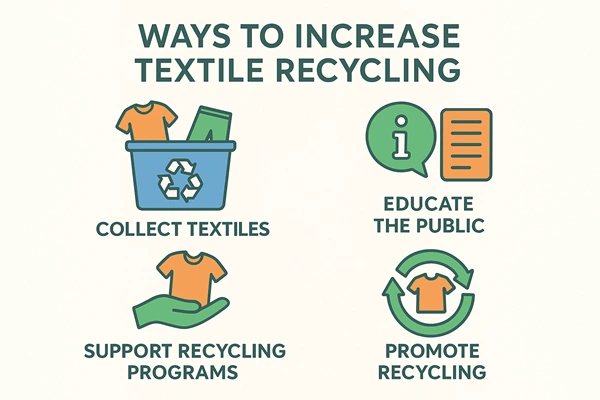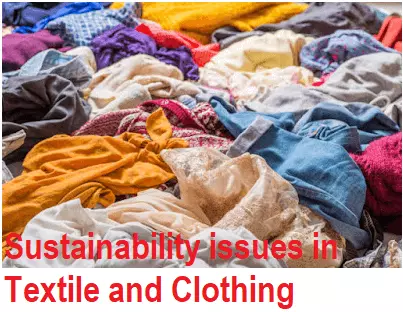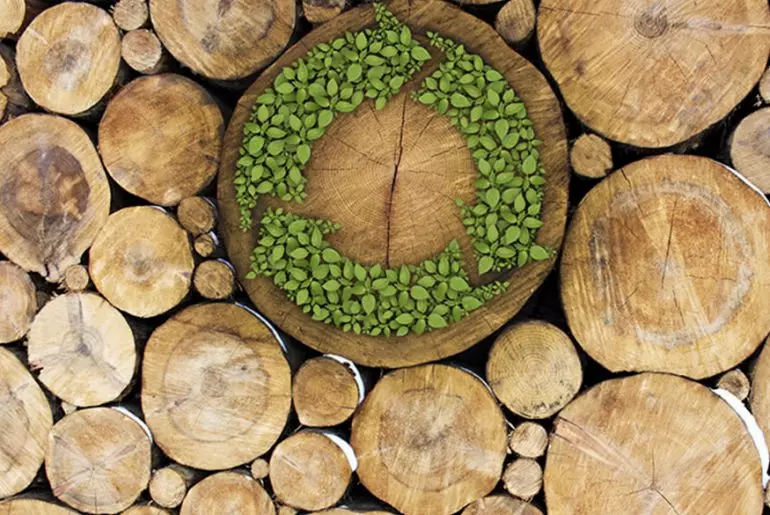Recycling is a process that is used to turn waste into new products to prevent waste of potentially useful materials and reduce the consumption of fresh raw materials. Recycling helps to make use of textiles that would otherwise have been disposed of. However, the number of times a textile material is recycled and its value after recycling are crucial in getting value out of the process. If you need essay writing assistance on recycling and related topics, hire professionals who will guarantee the best quality services. This article is about the 5 effective Ways to Increase Textile Recycling.
Each textile fabric has a unique lifespan. The lifespan will depend on the type of fabric and how it is used on a daily basis. The recycling processes and usage upon recycling will also determine the value. Here are tips on how to increase the textile recycling potential of fabrics.

What are the 5 effective Ways to Increase Textile Recycling?
These are the 5 effective Ways to Increase Textile Recycling:
1. Use High-Quality Fabric
The potential to recycle any fabric depends on its quality. If the original fabric was not of good quality, the resulting fabric would be impossible to recycle. This is because the fibers get damaged easily to the point that they cannot be repaired. If you want to end up with clothes that can be recycled at the end of their useful life, they must be made of the best quality fabric available in the market.
Natural fabric is easy to recycle because it interacts with nature with integrity. Synthetic materials are easily damaged during normal usage. The fibers will also require a lot of treatment during recycling. The resulting fibers are of poor quality and texture, such that they fail to impress the wearers.
Manufacturers will also indicate whether a fabric can be recycled and the methods or procedures to be used. If the material is from recycled fabric, it might be difficult to recycle a second time. The resulting fiber will fail to meet the expectations of users or cloth makers.
2. Use Innovative Methods And Procedures
The methods used in the manufacture of fabrics or the resulting cloths will determine their potential for recycling. Some methods involve the use of chemicals that affect the strength of the textile fiber. Chemicals used in coloring or in the processes of manufacture also affect the strength of the fiber.
Innovative textile handling techniques are available to enhance the quality and usability of different fibers. These innovative techniques also help you to separate different fiber types. Colors are also manufactured using materials and techniques that support recycling.
The equipment and procedures used during recycling have also improved over the years. They enable maximum utilization of fabric so that manufacturers can get better returns from their recycling efforts. Use the latest technology in sorting and recycling the fabrics to enhance the results from these processes.
3. Increase Demand For Recycled Fabric
The public or target market must be open to the idea of recycled products. This creates a market that you will exploit when making sales. It would be a waste of effort and time to recycle materials and send them to the market, yet you will not find a market for these products.
Accepting recycling is a mental process. People must be open to the idea of using clothes or textiles from recycling processes. The target market must take pride in the process of recycling. If they fail to see value in recycling, all your efforts, investments, and processes will be futile.
The procedures, processes, and materials used for recycling should result in decent textiles. If the textile is not pleasing to wearers or potential consumers, they will not buy the idea. If the materials are pleasing, they become ambassadors of the process. This will create a market that can sustain itself.
4. Create Value In Cloth Collection
Create a channel or system through which old clothes can be collected. This is the system that will be feeding into your recycling venture. It helps you to create an ecosystem that can sustain itself.
Value along the recycling chain is created by first investing in the right equipment and skills. Recruit people or agents who can help you gather the right amount of clothes for the recycling process. You must pay the collectors a reasonable amount to enable them to continue with the process of collecting textiles for recycling.
Partnerships are also important in the process of creating value. Municipal garbage collection systems will also enable you to get the right fabric for recycling. They reduce your budget to enable you to reach more people. Do not assume that you are the only person chasing value through the system. If other people fail to see value in your collaboration, they cease to become a part of the system. This will herald the collapse of your recycling system.
5. Deliver Value Upon Recycling
Like all other processes and businesses, people will be looking for value through the recycling process. You must deliver value upon recycling to all associates, along with the system. The recycled fabric must be of the best value. It justifies your efforts to invest in recycling.
Recycling is an innovative way to increase the value of your textiles. However, the value arising from this process will depend on your investments. Exploit technology to deliver the best recycled textile that guarantees value to your associates.
Conclusion
The problem of textile waste can be daunting, but the solutions for recycling textiles—which have been demonstrated—are numerous and they are very practical—for instance, at home, in our neighborhoods, and in the entire industry. The 5 Ways to Increase Textile Recycling can help reduce waste.
For example, we can choose between repairing and reselling instead of replacing, we can support those brands that have take-back schemes, and we can throw away our textiles at the dedicated collection points instead of in the trash. Every little bit assists in keeping valuable fibers for a longer time in the market and out of the landfills.
- You may love to read: Different Types of Waste in Spinning Mill Production Process
- Waste Disposal Policy in the Garments Industry
- Textile Effluent Characteristics and Methods of Effluent Treatment
- Different Levels of Wastewater Treatment Process in Textile.
- Waste in Textile and Apparel Industry: Types, Categories, Causes
- Recycled Cotton Yarn: Advantages and Application


